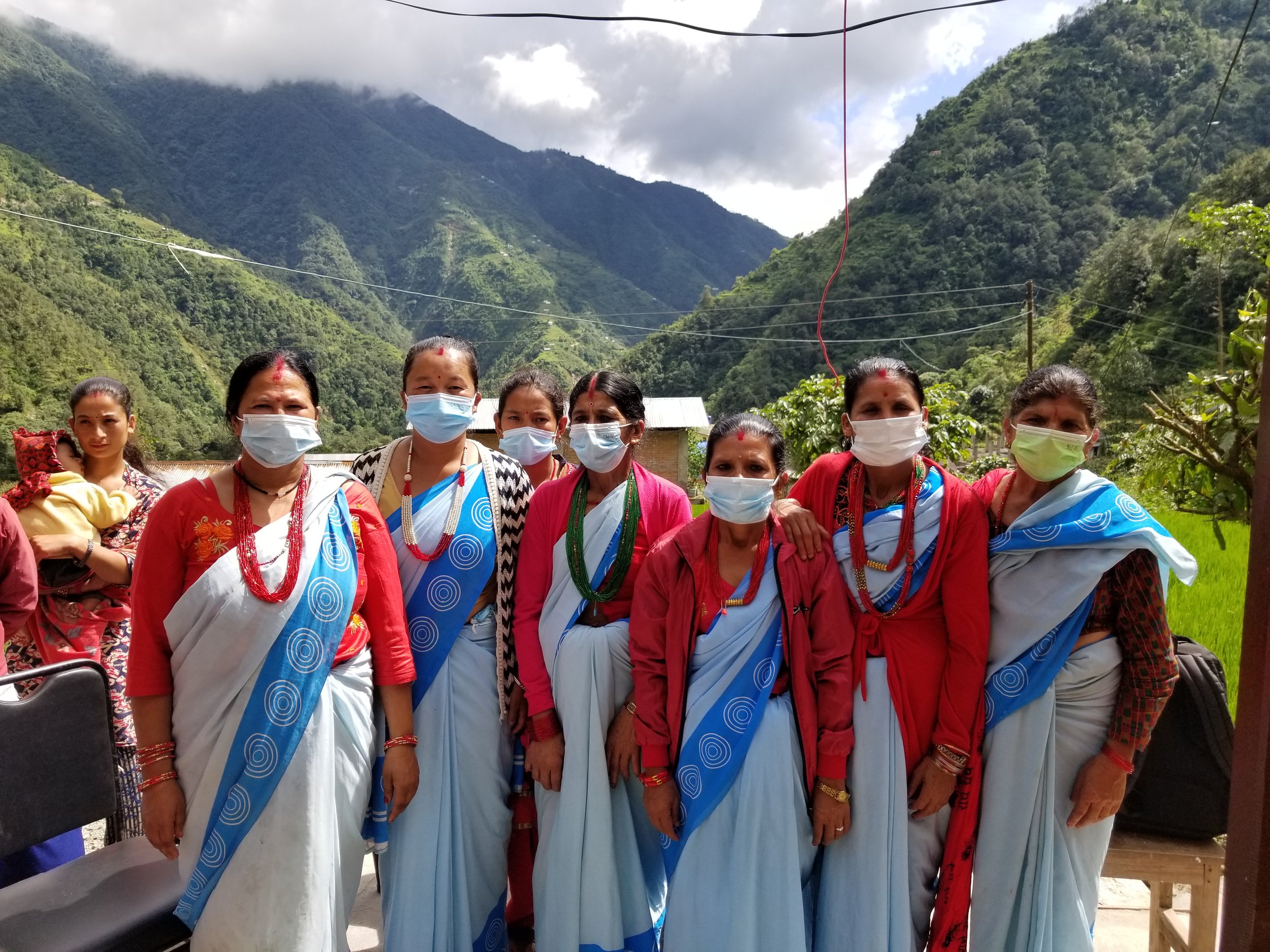
The Network of Safety Model
The Network of Safety model engages local stakeholders to address critical gaps in MNH service delivery, ensuring that every pregnant woman and newborn can access quality care from a trained medical provider.
How our model works:
One Heart Worldwide works side-by-side with the Government of Nepal and local communities to provide program delivery and training through a talented team of Nepali health professionals who are supported by a small technical team in the US.
The six-year Network of Safety model results in a fully functional system of MNH in each district including:
Well-trained Skilled Birth Attendants (SBAs) that provide quality MNH care and safely attend all deliveries.
Well-equipped, fully functional birthing centers.
A cadre of Community Health Volunteers empowered to promote safe motherhood.
Local ownership (both fiscal and programmatic) of MNH service delivery.

Guiding Principles of Our Model
Focus:
Our priority is the well-being of pregnant women and newborns based on a well-honed expertise in maternal and child health.
Alignment:
Our model, which is grounded in active community engagement and respect for the local culture, is fully aligned with both the national, provincial, and local governmental priorities for MNH and the needs of community stakeholders.
Collaboration:
The longevity of our program is reliant on the relationships that we build with local stakeholders and government as we work seamlessly to co-create a system that benefits the health and well-being of mothers and their babies.
Flexibility:
One Heart Worldwide is a creative, nimble, and adaptive learning organization that is able to rapidly pivot our programs to respond to changing needs, including humanitarian relief efforts in support of national and local emergency response mechanisms.

Key elements that make our model successful
Innovative Value chain:
We regularly generate new evidence supporting the government to incorporate novel interventions into their MNH delivery model and affect policy changes at the national level.
Distributed Leadership:
US and Nepal team members are empowered to make the necessary decisions to positively guide their work within a collaborative environment that promotes shared leadership.
Integrated Exit Strategy:
We leverage time-bound philanthropic support with a proven exit strategy that includes co-investment by the government and local communities throughout the life of the project and a long-term financial commitment by these partners to ensure sustainability after our departure.
Track Record of Sustainability:
We have a proven model with a track record that is evidenced by consistently sustainable results in our completed districts where the program has been transferred to the local government.





